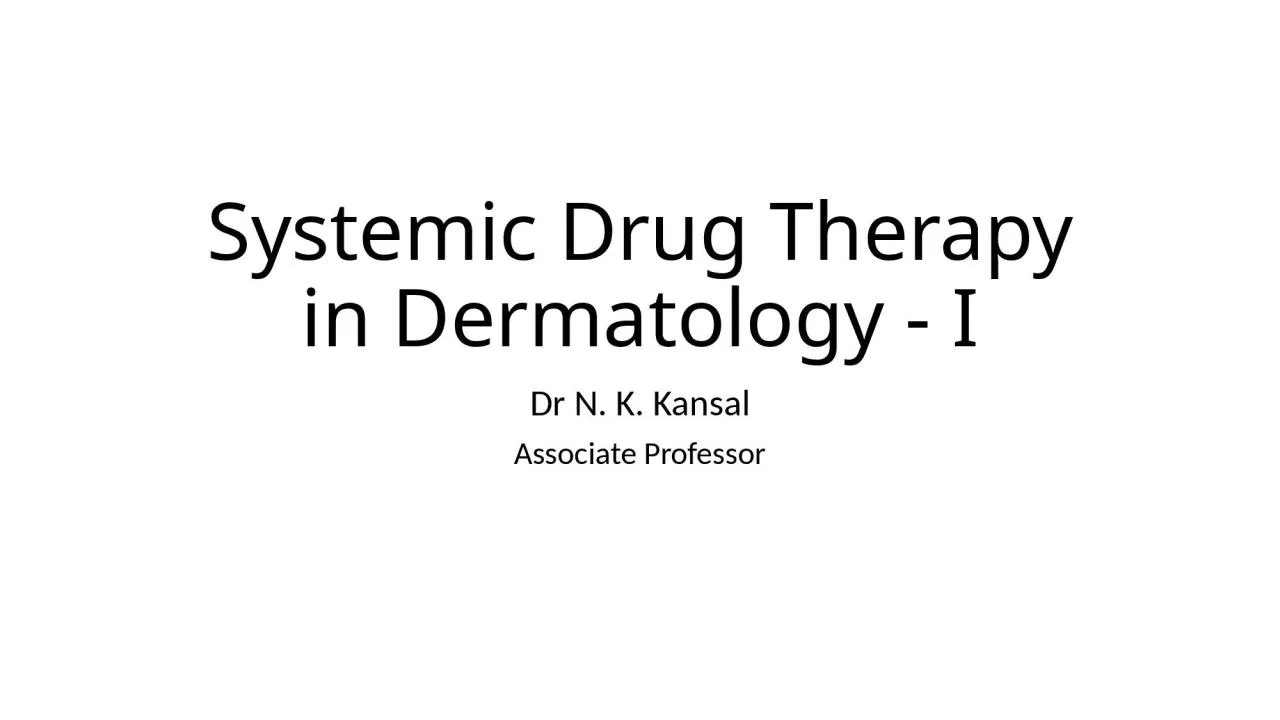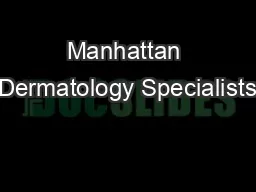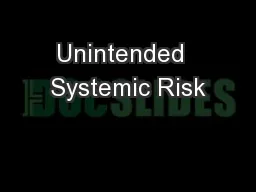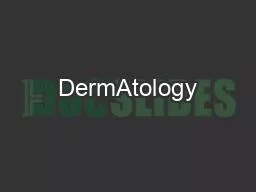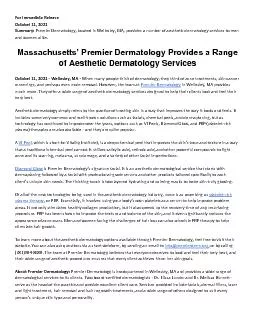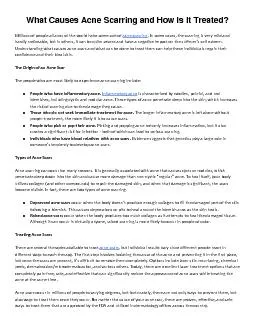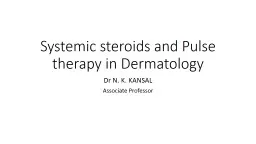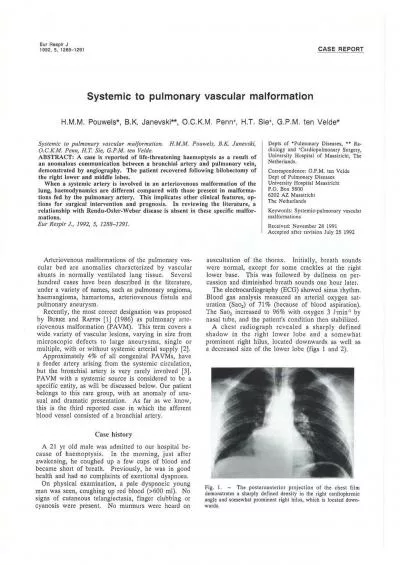PPT-Systemic Drug Therapy in Dermatology - I
Author : naomi | Published Date : 2022-06-07
Dr N K Kansal Associate Professor Basic principles Medications Can target the skin by either topical intralesional systemic routes I ntralesional administration
Presentation Embed Code
Download Presentation
Download Presentation The PPT/PDF document "Systemic Drug Therapy in Dermatology - I" is the property of its rightful owner. Permission is granted to download and print the materials on this website for personal, non-commercial use only, and to display it on your personal computer provided you do not modify the materials and that you retain all copyright notices contained in the materials. By downloading content from our website, you accept the terms of this agreement.
Systemic Drug Therapy in Dermatology - I: Transcript
Download Rules Of Document
"Systemic Drug Therapy in Dermatology - I"The content belongs to its owner. You may download and print it for personal use, without modification, and keep all copyright notices. By downloading, you agree to these terms.
Related Documents

